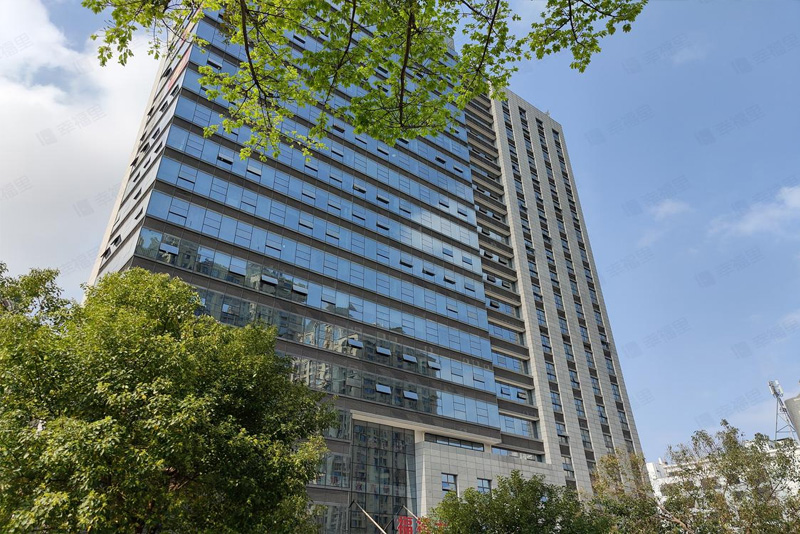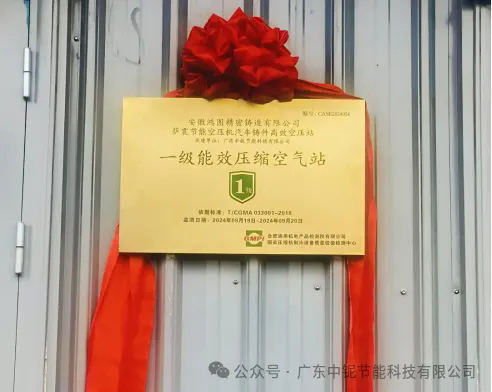Analysis of the Construction Principle and Characteristics of Screw Air Compressors
Release time:2019/5/16 Click :
Screw air compressors, as the main gas source for mechanical manufacturing, have been widely used in various industries. But do you understand the construction principle and main characteristics of screw air compressors?
1、 The working cycle of a screw air compressor can be divided into three processes: suction, compression, and exhaust. As the rotor rotates, each pair of meshing teeth completes the same working cycle one after another.
2、 Compared with ordinary air compressors, screw air compressors have different characteristics and advantages. How to put it? Please refer to the following summary of the suction process, compression process, and exhaust process of screw air compressors.
1. Inhalation process: When the rotor rotates, the tooth groove space of the main and auxiliary rotors is relatively large when it turns to the opening of the intake end wall. At this time, the tooth groove space of the rotor is connected to the free air in the intake port, and the external air is sucked into the closed cavity composed of the anode and cathode rotors and the shell. When the air fills the entire tooth groove, the intake end face of the rotor rotates away from the intake port of the casing, and the air between the tooth grooves is sealed.
2. Compression process: As the rotor rotates, the inter tooth volume continuously decreases due to the meshing of the rotor teeth. The volume occupied by the gas enclosed in the interdental space also decreases, leading to an increase in pressure and thus achieving the compression process of the gas. The compression process can continue until the interdental volume is about to connect with the exhaust port.
3. Exhaust process: When the enclosed volume between teeth is connected to the exhaust port, compressed gas begins to be discharged. As the interdental volume continues to decrease, the compressed gas is completely expelled.
Compared with ordinary air compressors, screw air compressors have obvious advantages and have become a popular trend in the current air compressor industry.
- ∧



.jpeg)




.jpeg)
.jpeg)


